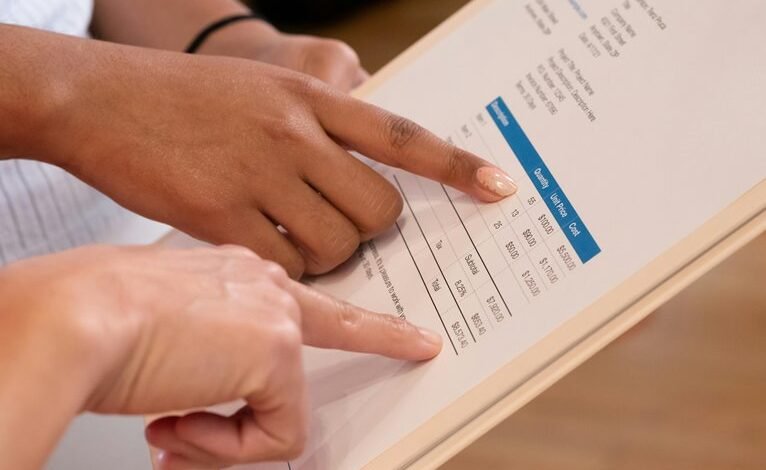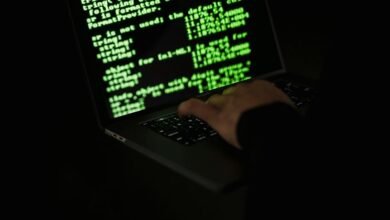Caller Tracking Protection Verification Service Watch Report 3884843725 3517186707 3770908172 3533109899 3288576771 3516187336

The Caller Tracking Protection Verification Service addresses critical vulnerabilities associated with telecommunication. Analyzing the methodology behind its implementation reveals significant advancements in user security. Multi-factor authentication and biometric recognition are pivotal in mitigating risks tied to identity theft. However, the question remains: how effective are these measures in real-world scenarios, especially with the numbers highlighted? Understanding the nuances of this service could uncover deeper implications for user privacy and safety.
Overview of Caller Tracking Protection
Caller Tracking Protection serves as a critical mechanism designed to safeguard users from intrusive tracking methods employed by telecommunication services.
By integrating advanced caller identification systems, it effectively mitigates privacy implications associated with unauthorized data collection.
This protection empowers users, ensuring that their communication remains confidential and secure, while limiting the ability of third parties to exploit personal information for commercial gain.
Methodologies for Caller Verification
Effective caller verification methodologies are vital for enhancing the integrity of Caller Tracking Protection systems.
Employing robust caller authentication methods, such as multi-factor authentication and biometric recognition, ensures that the identity of callers is accurately established.
Additionally, identity verification techniques, including real-time data validation and historical analysis, strengthen defenses against fraudulent activities, thereby fostering a secure communication environment and maintaining user trust.
Risks of Unprotected Communication
While many individuals assume that their communication is secure, the reality is that unprotected communication poses significant risks that can compromise sensitive information.
Data breaches are increasingly prevalent, exposing personal data to malicious actors.
Privacy concerns arise as users remain unaware of vulnerabilities in their communication channels, leading to potential identity theft and unauthorized access, thereby undermining the fundamental right to personal security and freedom.
Enhancing User Safety in Caller Protection
As communication technologies evolve, the imperative to enhance user safety in caller protection becomes increasingly evident.
Technology advancements necessitate robust frameworks that prioritize user education about potential threats. By leveraging emerging tools and methodologies, stakeholders can foster a more secure calling environment.
Effective strategies will empower users to discern legitimate communications from malicious attempts, promoting autonomy and safeguarding personal information in an interconnected world.
Conclusion
In an era where communication is fraught with threats to privacy and security, the Caller Tracking Protection Verification Service stands as a crucial line of defense. By employing sophisticated verification methods, it not only protects users from identity theft but also cultivates a culture of trust in telecommunication. As the digital landscape evolves, one must ask: can we afford to communicate without such safeguards? The answer is a resounding no; security in communication is not merely an option, but a necessity.




